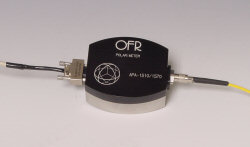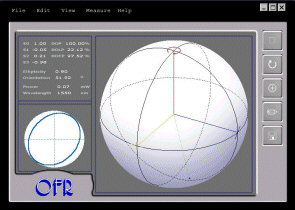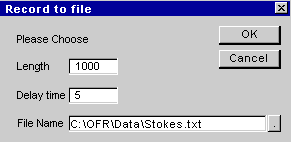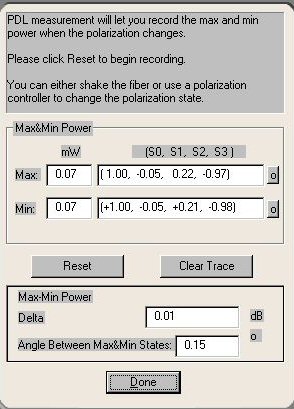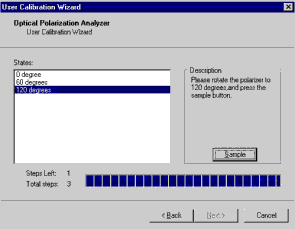
APA , OFR’s Automatic Polarization Analyzer, is a pre-calibrated, high speed, highly accurate, automated, polarimeter with no moving parts. The small, completely self-contained system gives fast, repeatable measurements of the State of Polarization (SOP) of light in an optical fiber from any source. The APA includes a sensor head, a serial cable, a power supply and user-friendly software. An optical fiber connects to the sensor head on the input end, and data is transferred to the computer via a serial cable on the output end. Power is provided by an A/C power supply. The software calculates the polarimetric quantities of the optical signal and displays the SOP numerically as well as on a dynamic and configurable Poincare Sphere. What is polarization, and why is it important? The state of polarization (SOP) of an optical signal is defined by the relative amplitudes and phases of its electric field components. As a signal propagates, it interacts with optical components and other optical signals which modify the magnitude and phase of the electric field of the signal. Polarization effects are the dominant limitation of system performance in fiber optic systems. Therefore, knowledge of the SOP of an optical signal is extremely important. Although polarization is sometimes exploited, as in an isolator or circulator, it is generally considered to be a negative influence. For this reason, precise knowledge of the state of polarization is necessary for optimal performance of an optical system. Description The APA is designed based on division of amplitude polarimetry. The input light is split into several paths, and each path passes through a different optical medium. The Stokes Parameters are then calculated from the difference of intensity responses of each path. Operation An optical fiber is connected to the input receptacle on the sensor head. The collimated beam then transmits through the optical components to the detectors in the system. The intensities are measured, the data is sent to the computer, and the software calculates all of the polarmetric data.
Applications An application of the APA is the
measurement of polarization-dependent
loss (PDL). The software has abuilt-in PDL measurement. The software
calculates the PDL of a fiber
device when the input polarization
to that device is scrambled using a
polarization controller or by tapping
the input fiber. User Calibration The APA, like all fiber polarimeters, does not measure the absolute SOP of the light from the input fiber tip into the detector head. In order to take absolute measurements of the SOP from a specific point, the APA first requires a user calibration to remove the polarization effect of the input fiber. The user calibration is straightforward: known polarization states are input into the fiber that is connected to the polarimeter head. The calibration routine then tells the polarimeter which polarization states are being input. This creates a polarization reference frame at that calibration point.
LabVIEW drivers are available.
ORDER
|
||||||||||||||||||||||||||||||||||||||||||||||
Optics
for Research ·
Ph 973-579-7227 · Fax 973-300-3600 · Email: info@ofr.com
![]()

